Designing a quality product is hard work, but if you are a SolidWorks or other CAD user, check out the top 10 secrets that nobody taught us in school. When… Read More
THE TOP 10 SECRETS CAD AND SOLIDWORKS USERS NEED TO KNOW
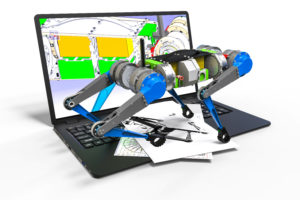
| by Michael Herron

Designing a quality product is hard work, but if you are a SolidWorks or other CAD user, check out the top 10 secrets that nobody taught us in school. When… Read More
| by Katie Elliott

When developing software for use in the medical device industry, best practices must be followed to ensure regulatory requirements are being consistently met. As we dive into software development in… Read More
| by Will Clark
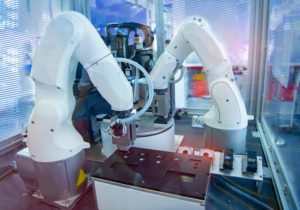
The Motion Control market will be worth $22.8 Billion and grow at a Compound Annual Growth Rate (CAGR) of 5.3% by 2022. What drives this growth? Companies that started automating… Read More
| by Bryan Clark

In terms of products a company creates, digital applications are unique. Unlike physical products, computer code can change with the end user being none the wiser. Whether software or firmware,… Read More
| by Minh Duong
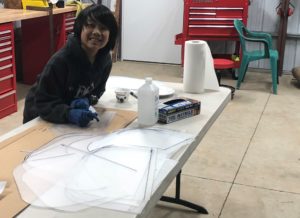
We have been fortunate to have a good relationship with our clients and many of their employees. When the COVID-19 outbreak hit, people wanted to use their skills to make… Read More
| by Chris Goetchius

This past Halloween, Simplexity employees were given the opportunity to showcase their engineering expertise in the form of a friendly competition. The task was clear: “Design and build a Halloween-themed… Read More
| by Tim Kutscha
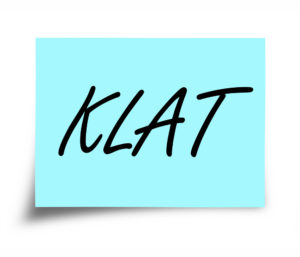
As a firmware engineer, I’ve seen several themes repeat themselves over the years with regards to design philosophy. I’ve distilled these themes down into a few simple principles that have… Read More
| by Josh Yasbek
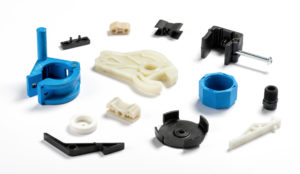
In a follow up to our previous blog post, Top 10 Tips For Designing Injection Molded Plastic Parts, I have listed 10 more advanced tips for designing plastic injection molding… Read More
| by Tim Kutscha

Have you run your firmware, found a repeatable bug, but weren’t able to reproduce the issue when single stepping through the code with your debugger? Maybe your internal watchdog block… Read More
| by Tristan Dudik

If you described my lifestyle lately as “Doing math and playing outside,” I could hardly criticize you. Like many other engineers at Simplexity, I spend a fair amount of time… Read More
This phase occurs once the detailed design is complete, and prototypes are built with manufacturing-representative quality and detail. More extensive, formal testing is performed, such as life, reliability, safety, environmental, drop, and vibration.
The design team works closely with the manufacturing team to enable a smooth transfer, often with Simplexity engineers traveling to the contract manufacturer sites to ensure product quality. The design is transferred to the client based upon specific needs, most often after all tests are complete and the design is verified.
Phase 2C iterates on the learnings of Phase 2B and involves a refined prototype build of a fully integrated system. Some projects also benefit from additional iterations of the product based on prior learnings through additional phases (2D, 2E, etc), which are not represented in this graphic. All requirements are intended to be tested, and at the end of Phase 2 there will be confidence that the units will pass verification in Phase 3. The Bill of Materials is further refined, and the team updates estimates for the per unit cost of the product by receiving pricing from vendors and suppliers.
The detailed design phase usually has multiple, iterative sub-phases as the design progresses and representative prototypes are built. Phases 2B and 2C are typically the largest efforts in the product development process, where the specific implementation for all disciplines occurs (mechanical, industrial design, electrical, firmware, systems, software, manufacturing, and quality).
Simplexity typically engages with production component suppliers and contract manufacturing groups early in this phase to provide additional manufacturing input on the design. If the product has stringent testing or certification requirements, pre-screens are performed in this phase prior to formal regulatory agency testing.
The business and user requirements are converted into engineering requirements for the product. The project planning activity is based on the schedule, budget, risk, and initial product requirements. This process is best done as a collaborative team effort with the client, who has the deepest understanding of the market needs and user requirements.
The Simplexity team can be as involved in the production phase as requested by our clients. For clients with internal manufacturing or established relationships with contract manufacturers, our engineers are available to ensure quality is maintained and provide ongoing engineering support as needed.
Simplexity has a dedicated New Product Introduction (NPI) team that can guide the transition from design into production. The NPI team presents multiple options for manufacturing to the client, allowing clients to choose the solution that best suits their needs. This can involve Simplexity performing initial builds in-house prior to full handoff to a contract manufacturer or building the product via established relationships with contract manufacturing partners either domestically or overseas early in the process.
The detailed design phase starts with defining options for the product architecture, with the goal of having the greatest chance of successfully meeting product requirements while best mitigating risk. Engineering activities in this phase include presenting options for hardware components, outlining the system block, sequence, and state diagrams, creating rough CAD, and breadboarding of high-risk subsystems. Results are presented with a description of the pros, cons, and key tradeoffs for each scenario.
Phase 0 is an optional phase for projects where the technical feasibility of the idea has not yet been fully proven. It can consist of research, concept work, exploring initial architecture, performing feasibility studies, and basic prototyping and testing.
